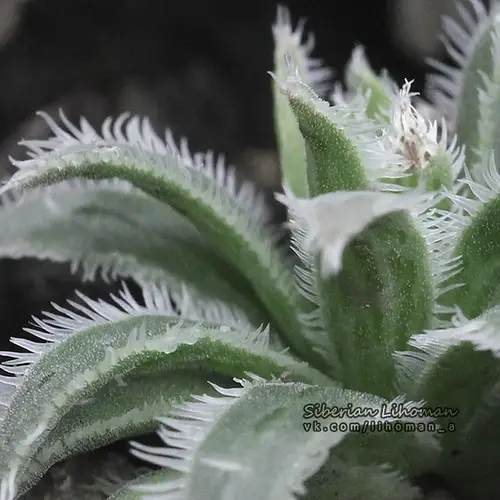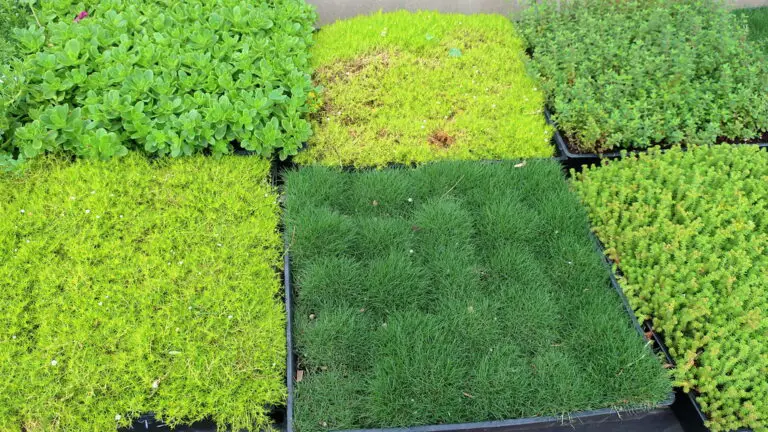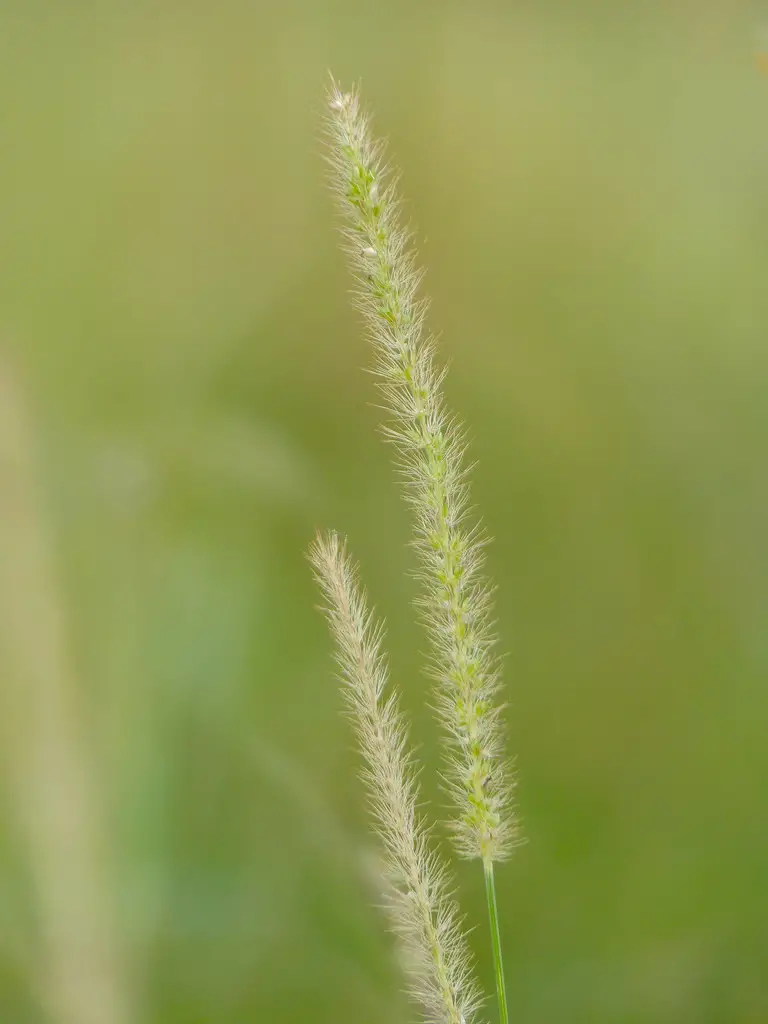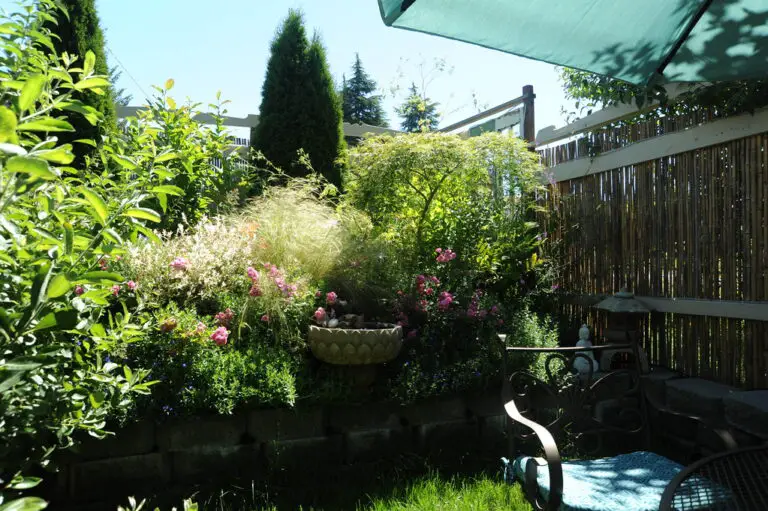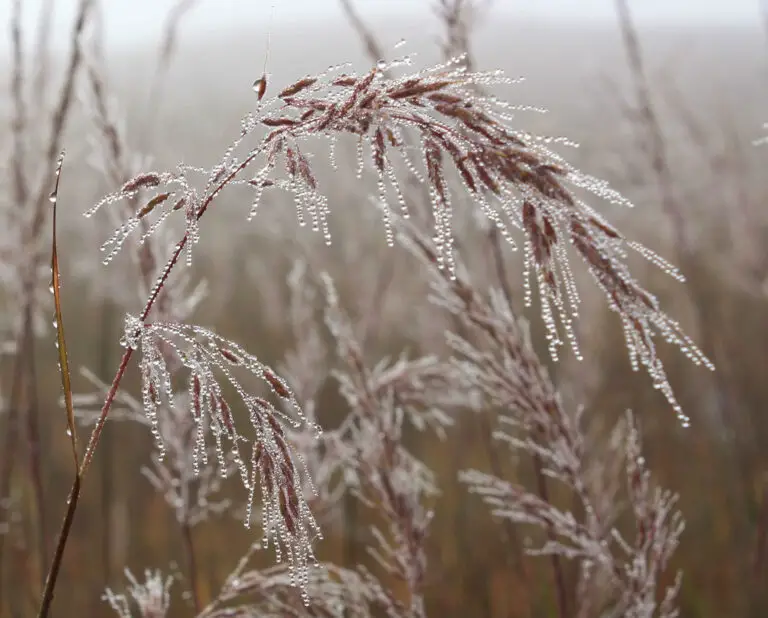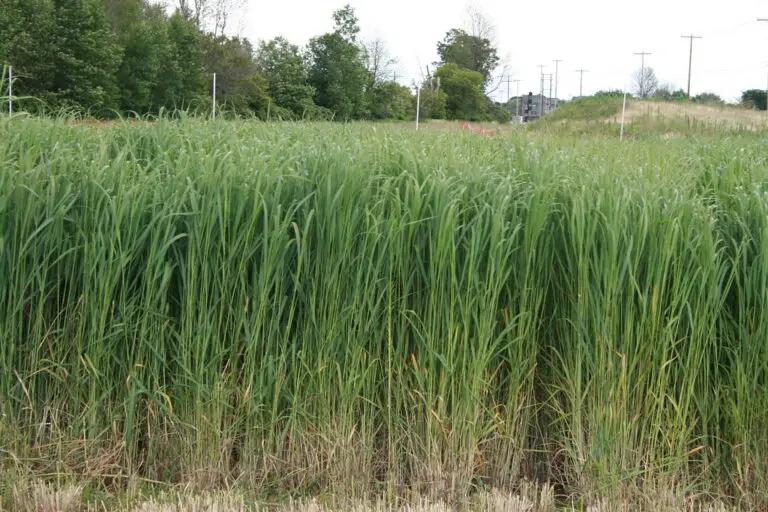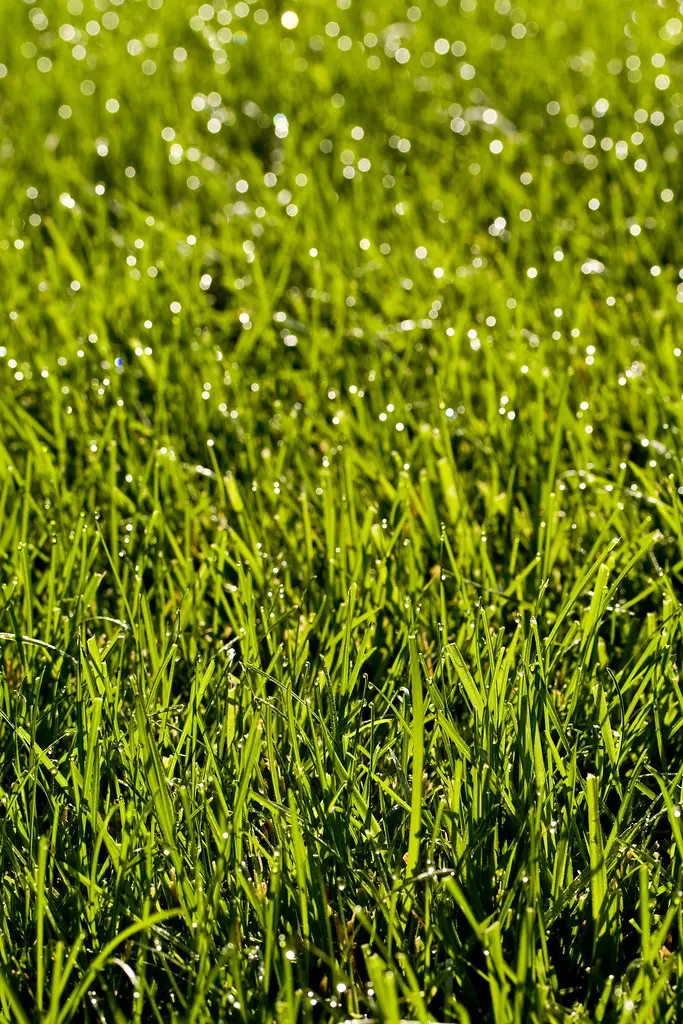Centipede Grass: A Lush Carpet of Warm-Season Comfort for Garden Enthusiasts
Among the plethora of grass species available to garden enthusiasts, centipede grass stands out as a verdant and undemanding delight, particularly suited to warmer climates. If you’re a keen gardener or a landscaping aficionado looking for the perfect grass to enhance your outdoor haven, this deep-dive into centipede grass and why it might be your next green obsession is tailor-made for you.
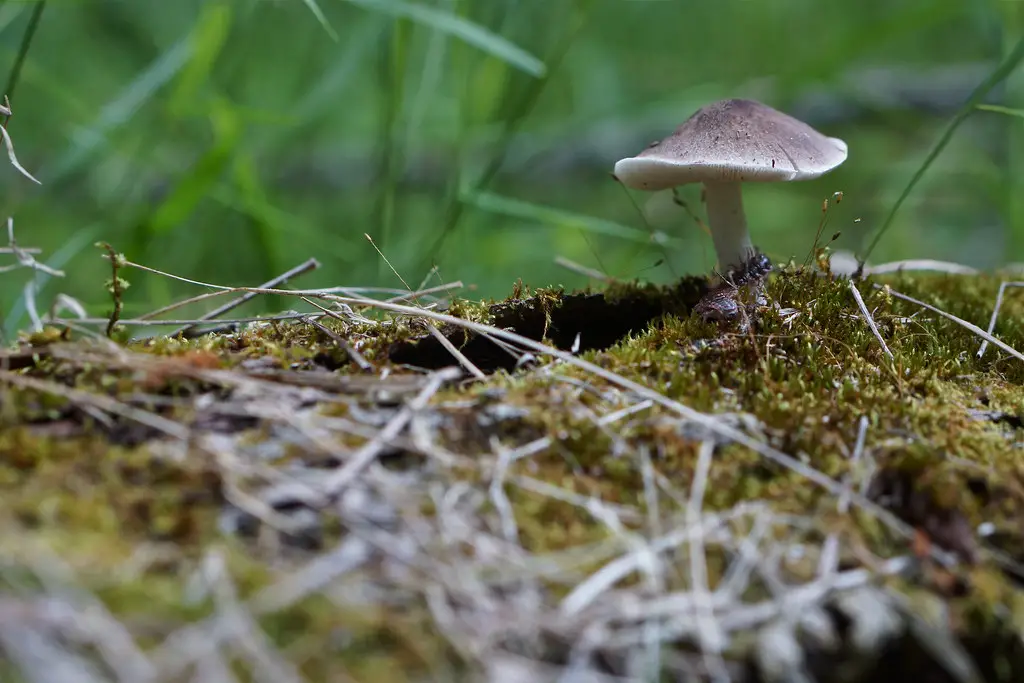
What is Centipede Grass?
Centipede grass, known botanically as Eremochloa ophiuroides, is a species of crawling grass that is native to China and Southeast Asia but has adapted well to various warm temperate and tropical regions. The name ‘centipede’ is derived from the grass’s coarse appearance, not from the creeping nature reminiscent of the many-legged arthropod.
Benefits of Centipede Grass
Centipede grass isn’t only admired for its lush, thick carpet-like coverage; it’s laden with benefits that make it a prized turfgrass for many gardeners.
Low Maintenance
One of the most coveted features of centipede grass is its low maintenance requirements. It has a slow growth rate, which translates to less frequent mowing compared to its grassy counterparts.
Drought Tolerance
Centipede grass is renowned for its ability to withstand lengthy periods of drought. Its extensive root system, when fully established, can draw on moisture reserves deep in the soil, making it a sustainable choice in water-challenged areas.
Pest Resistance
Fewer insecticides are needed to maintain centipede grass due to its natural resistance to many common lawn pests. This property not only simplifies lawn care but also contributes to a healthier ecosystem in your yard.
Heat Tolerance
High temperatures that would wither other grass species are mere trifles to centipede grass. With the proper care, it can endure the sweltering days of summer and remain green throughout.
Planting and Care Tips for Centipede Grass
To reap the full benefits of centipede grass, it’s important to provide the right growing conditions and care.
Ideal Growing Conditions
Centipede grass flourishes in acidic soils, ideally with a pH between 5.0 and 6.0, which is a point of divergence from many other grasses that prefer neutral pH levels. It requires full to partial sunlight, approximately 4 to 5 hours per day, and does well in areas with poor soils where other types of grass struggle.
Watering and Fertilizing
In the first year of growth, centipede grass needs regular watering to ensure the roots develop properly. Once established, infrequent deep watering is more effective. Fertilizing should be light and avoid nitrogen-rich formulas that can lead to detrimental thatch.
Mowing and Maintenance
Mow centipede grass to a height of 1 to 2 inches. A quarterly maintenance schedule will typically suffice, barring significant environmental stressors. It’s also important to limit foot traffic during periods of drought, as the grass is susceptible to wear and tear when its water supply is limited.
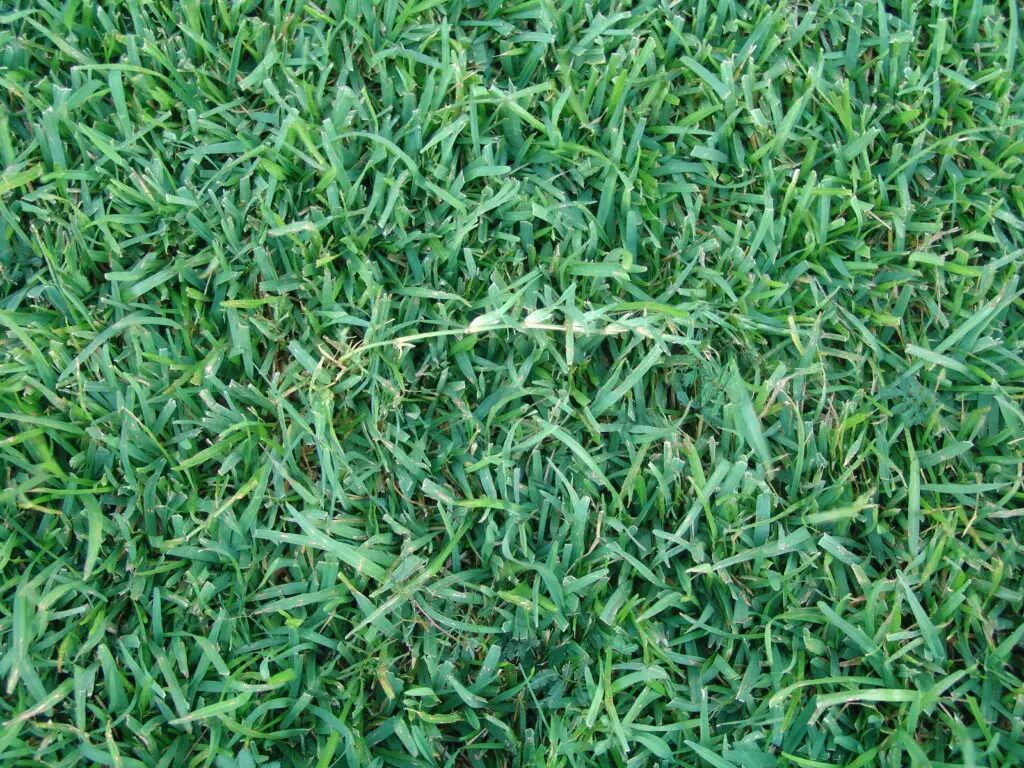
Comparative Analysis
Understanding centipede grass in relation to other commonly used warm-season grasses can offer valuable insights for choosing the right grass for your needs.
Contrasting Centipede Grass with Other Warm-Season Grasses
In comparison to Bermuda grass, which requires more maintenance and is less forgiving of shade, centipede grass offers superior ease of care. It also stands apart from St. Augustine grass with its lower water and fertilization needs, making it a more sustainable choice for many garden settings.
Enhancing Your Garden with Centipede Grass
Your garden isn’t just a plot of land; it’s an opportunity to craft a lush, harmonious space that reflects your passion for the outdoors and appreciation of natural beauty. Centipede grass can serve as the canvas for countless landscaping ventures.
Landscaping Ideas
Pair centipede grass with ornamental shrubs, flowers, or trees to create striking landscapes. Its dense growth pattern provides a green foundation that can integrate well with a variety of garden designs.
Creating a Lush Garden Environment
A well-maintained centipede grass lawn exudes vibrancy that invites leisurely strolls and relaxation. By incorporating centipede grass into your garden, you’re not just cultivating greenery; you’re cultivating an environment that enhances the tranquility and charm of your outdoor space.
Conclusion
Centipede grass, with its rich array of benefits and adaptability, can transform your garden or landscape into an idyllic retreat. For enthusiasts looking to experience the warmth of the season on a soft, resilient carpet of green, centipede grass is an inviting option. Its relatively undemanding nature allows you to spend more time enjoying your garden oasis and less time laboring over its upkeep. This resilient and hardy grass proves that, sometimes, the simplest choice can yield the most satisfying results. If you’re ready to infuse your garden with the unassuming grace of centipede grass, the possibilities are as endless as the stretches of green that will soon grace your lawn.

